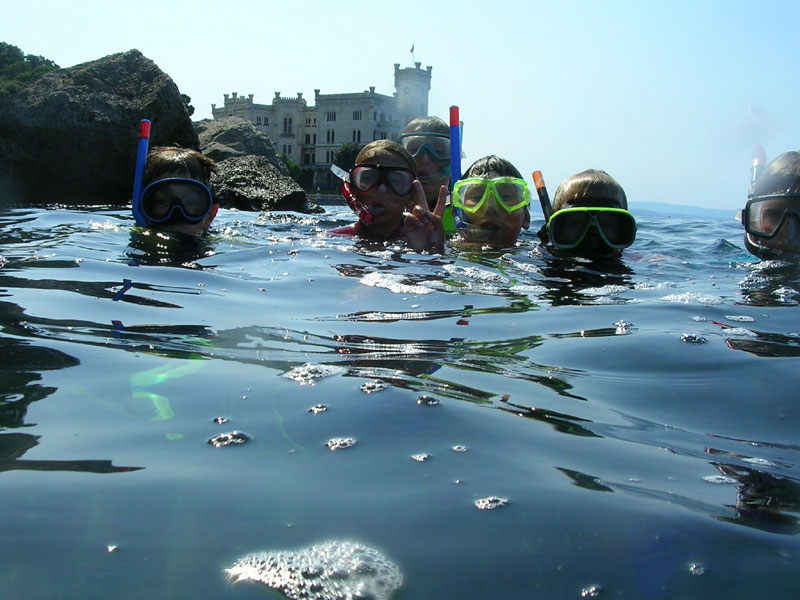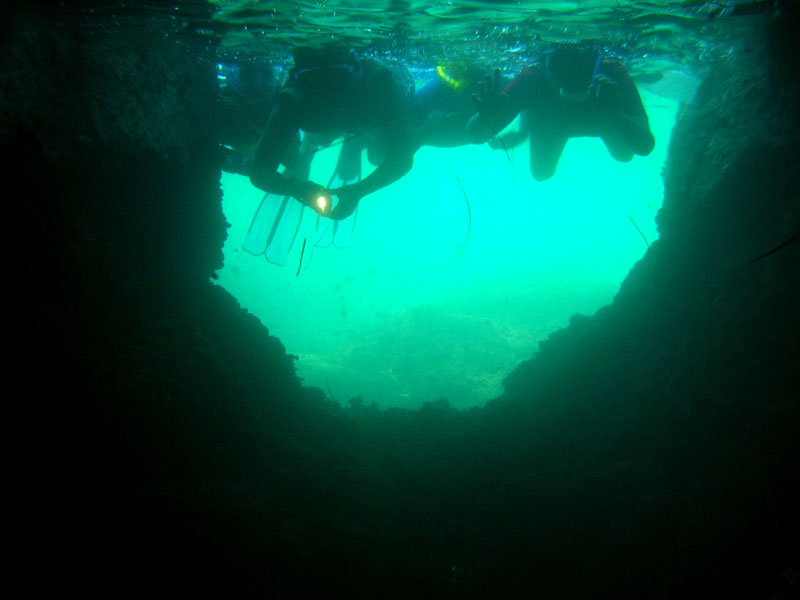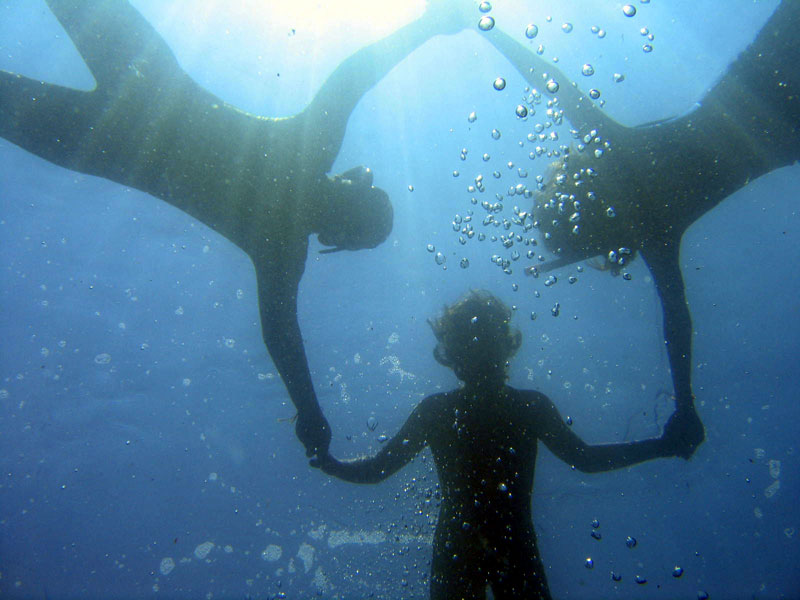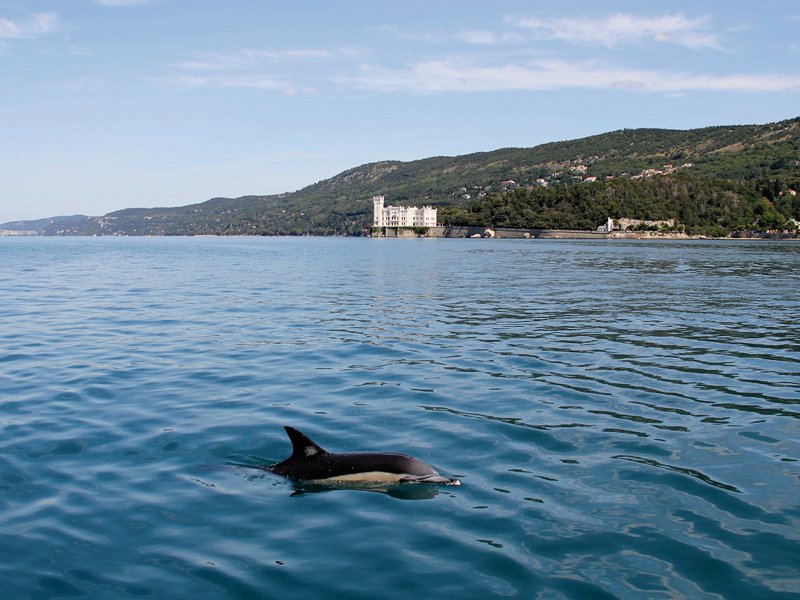Area Marina Protetta di Miramare
www.riservamarinamiramare.itFacilities
The underwater environment
Diving in the marine reserve's waters allows divers to observe a protected are, hence a high biodiversity, where different environments and species coexist in the same limited area and in a limited time span.
The stretch of coast, which is protected thanks to the establishment of the Miramare Marine Area, represents a unique and precious biological element because, despite it is not very extended, it developed in specific microenvironments reflecting three different zones (the tide zone, the rock and gravel zone, and the sandy and muddy sea bottoms) that are rich in species which can be observed while diving.
Further info (Italian text)
Snorkeling
Snorkeling - fin swimming on water surface also called sea watching - is a different way to observe the underwater environment, and it is suitable for everyone because the only necessary requirement is to be able to swim and to use the simple equipment consisting of a diving mask, a snorkel and fins.
Further info (Italian text)
ARA (self-contained breathing apparatus)
Visits are held in late spring - summer, from April to October, on Saturday and Sunday. They are dedicated to groups with licence, consisting of a maximum of 10 persons (the presence of more divers is not allowed and would harm the quality of the diving activity!).
Further info (Italian text)
Scientific Activity
Monitoring
Monitoring activities within the Reserve have been planned according to the guidelines characterizing the research in protected areas, such as:
- Research must become a management instrument aimed at providing tools, suggestions, and confirmation for a good management of the area and assessment of the efficiency of the management choices;
- Research must be one of the aims of conservation, since protected areas represent a few intact areas where the ecosystem has not been altered by human action and where it is therefore possible to study natural balances;
- Research should aim at experimenting, optimizing, and standardizing methods and protocols that can be implemented at a national and international level.
According to these criteria, two kinds of monitoring activities have been developed: one regarding chemical-physical features, with a continuous gathering of data on temperature, saltiness, dissolved oxygen, and nourishing elements; the other regarding the living component with research going from the census of the animal and vegetal species living in the protected area, to the ethology of some fish species, the recording of sounds given out by some crustaceans and fish, and finally to the research on fishing biology.
Research
The aim of a protected area is to preserve the environment, as well as the flora and fauna living in it. Miramare marine reserve has always experimented alternative research systems of the sea environment: as a matter of fact, the reserve has always used non-invasive tools.
Year after year, technologies and tools to analyze and preserve the involved area have become more and more advanced.
Since 1989 the protected area has been using the visual census as a census technique of fish species through direct observations with and underwater video camera or in situ observation; in recent years, acoustic survey techniques - active and passive - have been introduced by using hydrophones and echosounders; moreover, since 1992 the marine reserve has been implementing a chemical-physical monitoring program supported by the presence of an oceanographic buoy.
Further info (Italian text)
Emergency Service for Cetaceans and Turtles
Since 1991 the Marine Reserve has been counting among its conservation activities also research on endangered marine species like cetaceans and sea reptiles. In the Gulf of Trieste there are no permanent populations, but these big vertebrates transit - alone or in small groups - in the waters of the Gulf and, if they are not healthy, risk to remain on the beach or to be caught by professional or non-professional fishing gear.
(The following links lead to Italian web pages)
Cetacean species
Special about turtles
Ornihological observations











